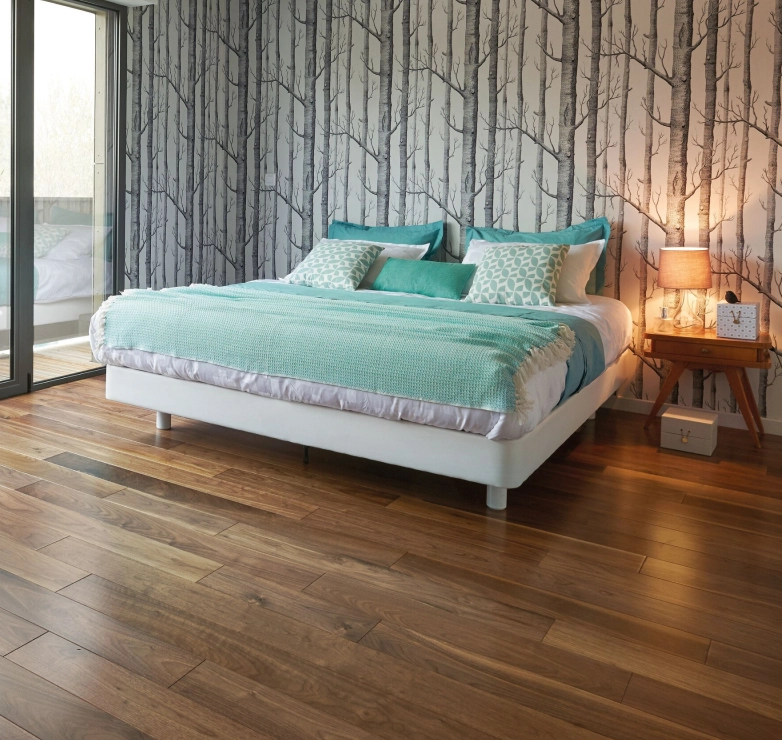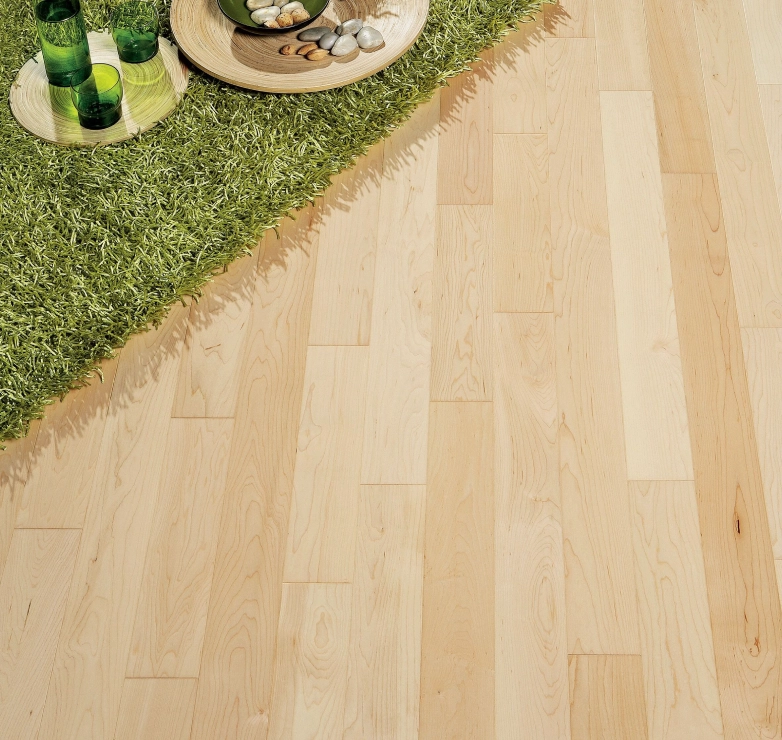What are the different finishes available for wood flooring?
There are eight different types of finish that you can apply to wood: oil, lacquer, dye, water-based, stain, french polish, shellac and varnish.
Each finish lends itself to a different aesthetic known as the sheen level, and also how hard wearing it is and how often it will need maintenance.
For example, if you like the shiny floor look and want to maximise the natural light available to the room, then you’ll want a high gloss finish which you can achieve with a lacquer or shellac.
On the other end of the spectrum, you might prefer a matt finish which is more durable and easy to maintain, so you would opt for a varnish or oil.
You also want to consider the various benefits of each finish. Some of these include the fact that stains improve the wood colour and increase the visibility of the grain, water-based finishes give a natural appearance to the wood, and varnishes are great for protecting the wood.
They also require different maintenance schedules. An oiled wood floor is easier for a non-professional to maintain as it’s fairly simple to replenish the floor with a maintenance oil when it starts to look dull. Whereas, a varnished wood floor takes a little more work, so, when it begins to wear out, it will require a professional team to perform sanding before re-lacquering.
To learn more, read our Finding The Right Finish For Your Wood Floors blog here



